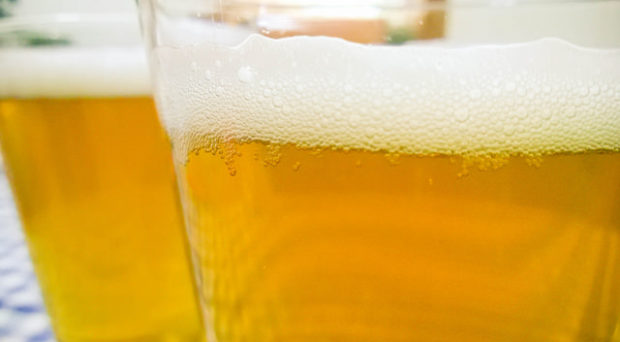
The widespread use of smart phone applications, or ‘apps’, offers a unique opportunity for organizations to reach and engage with people in new ways in order to promote and support health-related behavior changes, including encouraging reductions in drinking alcohol.
But do they actually work?
…of the 662 alcohol related apps available in the UK in 2014…just 91 (14%) focused on alcohol reduction.
A major benefit of apps is that they can deliver evidence-based behavior change techniques and other content to users, targeting their behaviors when and where these are actually carried out.
But of the 662 alcohol related apps available in the UK in 2014, 357 (54%) were entertainment apps (including drinking games, cocktail recipes and bar finders), 125 (19%) related to blood alcohol measurement, and just 91 (14%) focused on alcohol reduction.
Drinkaware
In August 2014, Drinkaware launched Drinkaware: Track and Calculate Units – a new app designed specifically to help people wanting to monitor and cut down on their drinking.
The app, on Android and iOS, contains techniques that can help users to self-monitor the alcohol units and calories in their drinks and it provides them with information about the health benefits of cutting down. It also allows users to set their own individual goals and offers support and motivation through regular personalized feedback.
The version of the app that was evaluated in our study also contained a “weak spot” feature that allowed users to work towards breaking the habit of drinking in excess when they find themselves in self-designated “risky” locations for drinking (e.g. the local pub).
In September 2015, the app was updated to include a cost tracking feature which allows users to add up the price of their drinks so they can be more aware of the consequences of cutting back that reach beyond their health alone.
To date, the app has been downloaded more than 380,000 times.
The study
Our study presents an analysis of the first 13 months of app usage based on data from 119,713 existing users and qualitative interviews with 21 users. The study presents novel insights into how real app users perceived this product, how they interacted with the features that it contained, and also explored what those who are downloading alcohol reduction apps are looking for.
Users who engaged for longer with the app tended to be high risk drinkers who reported being motivated to reduce drinking.
Analysis of app usage found that there was a high level of drop out after one week and that users who engaged for longer with the app tended to be high risk drinkers who reported being motivated to reduce drinking. For those who consistently engaged with the app over time, self-reported alcohol consumption levels reduced in the first week of use and leveled out thereafter.
Overall, our study found that the Drinkaware app is a useful tool for supporting behavior change in people who are already motivated and committed to reducing their alcohol consumption. However, the in-depth interviews suggested that the app would benefit from greater personalization and tailoring to promote longer term use.
The Drinkaware team is now considering how these improvements can be implemented, while also exploring the app’s value as a tool for providing a one-off brief alcohol assessment and opportunities for the app to link to other lifestyle behaviors.
Future research should explore how different apps may best help people with different support needs and personal preferences, assessing outcomes based on validated measures of alcohol consumption obtained independently of the app itself. Using routinely collected data offers an exciting opportunity for innovative research in this field.
Comments